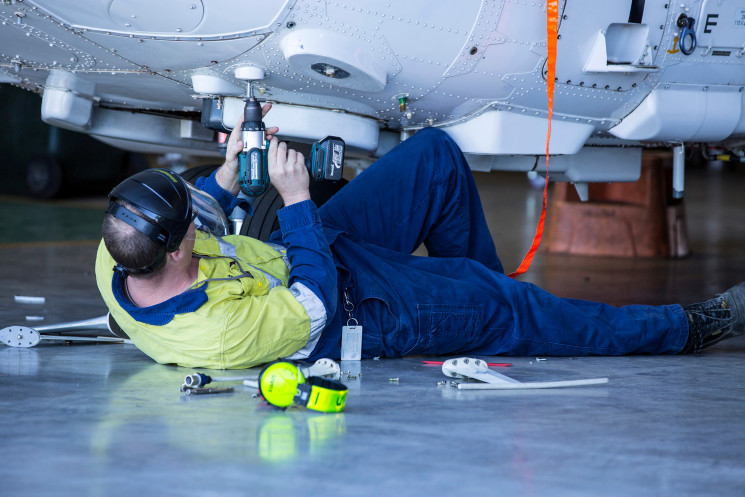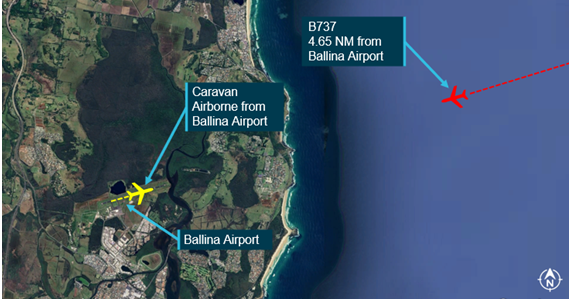Thirty years ago tomorrow (April 28) the aviation world was rudely introduced to the problem of ageing transport aircraft, when the fuselage roof blew off Aloha Airlines flight 243.
Flight 243 departed Hilo, on the US island state of Hawaii, in the early afternoon of April 28, 1988, carrying six crew and 89 passengers bound for Honolulu when 23 minutes into the flight—at 24,000 feet—a small section of the roof ruptured.
The resulting decompression tore off a large piece of the roof sweeping one flight attendant out of the aircraft and leaving passengers seated in the first five rows with nothing but blue sky above them. The captain saw the cockpit entry door was missing and later said ‘there was blue sky where the first-class ceiling had been’.
Some idea of the extent of the structural damage to the aircraft can be gleaned from the position of the Boeing 737-200’s nose: it drooped by about a metre. Yet, incredibly, the aircraft remained flying, and controllable. As they reduced speed the flight crew found they could communicate with each other by shouting, and they worked as a team to land the aircraft. ‘Their coolness and professionalism in the face of such alarming odds spoke extremely well of their training and airmanship,’ Flight Safety Australia writer Macarthur Job wrote of the crew. They made an emergency landing at Kahului Airport on the Hawaiian island of Maui.
There it was found 65 passengers and crew were injured and flight attendant Clarabelle Lansing was missing. Her body was never found.
The Boeing 737-297 had been built in 1969 and delivered new to Aloha Airlines. It had accumulated a substantial, but not excessive, 35,496 flight hours at the time of the accident. However, those hours had been made in more than 89,000 flights, averaging about 20 minutes in the air, from one Hawaiian island to another.
In Flight Safety Australia’s March–April 2008 edition Job wrote in detail about how the 737’s cold-bonded fuselage construction, which had been designed to resist a 110 cm crack had failed when smaller cracks joined up, causing the top of the passenger cabin to detach under pressure.
Before the accident, Boeing’s Ageing Fleet Evaluation Program had made recommendations to operators including a corrosion control program and complete structural inspections on at least four high-time aircraft, with detailed inspections of critical lap joints on all aircraft with more than 40,000 flight cycles.
A precursor to the famous Aloha incident had happened in 1981, when a Taiwanese 737-200, which like the Aloha aircraft had spent much of its working life making short flights around the island nation of Taiwan, disintegrated in mid-air. All 110 people on that flight, Far Eastern Air transport flight 103, was killed.




